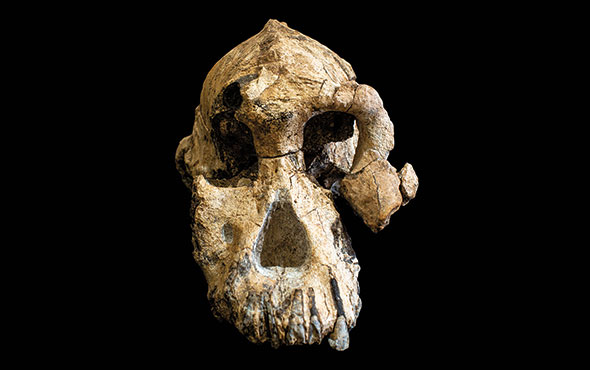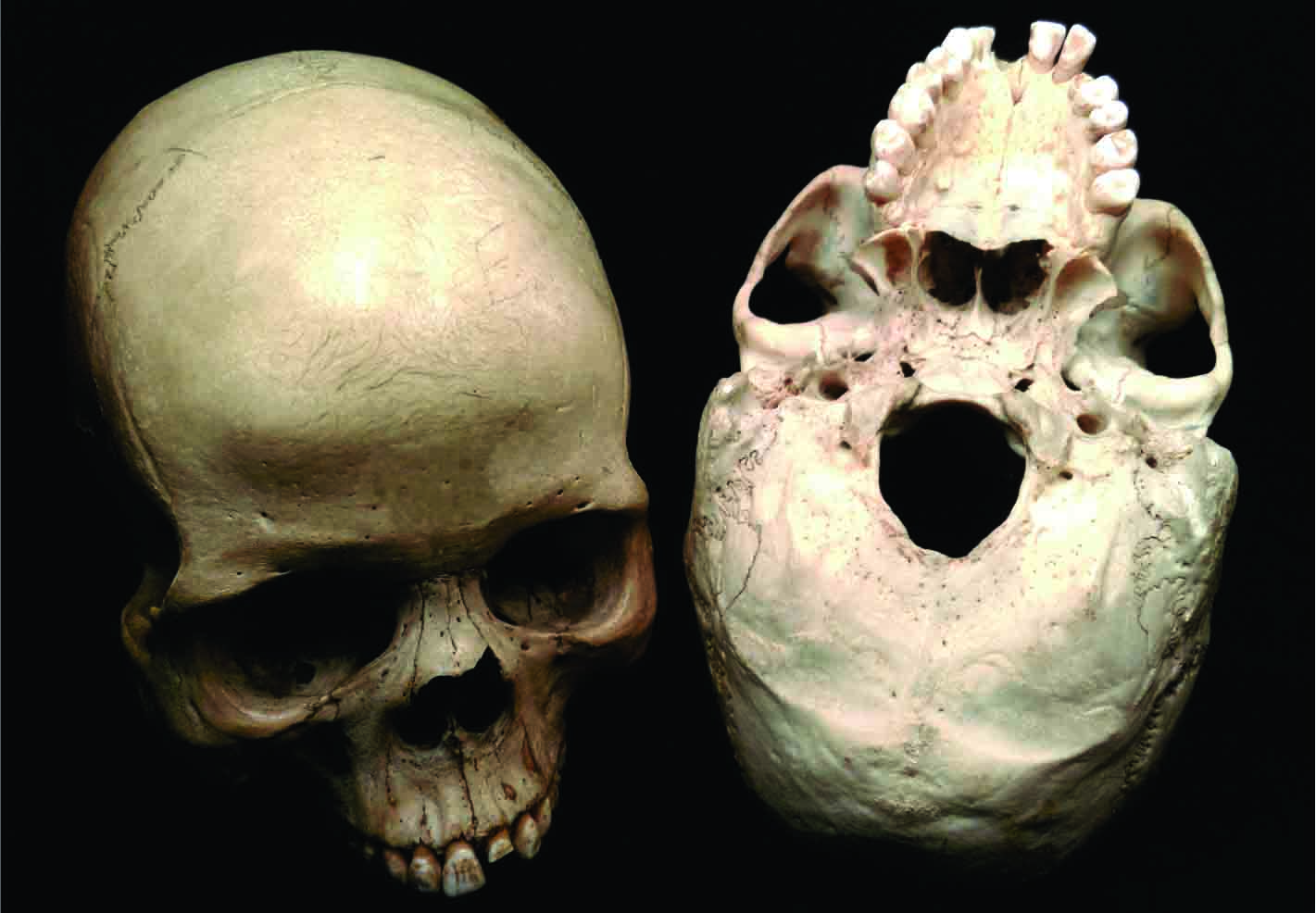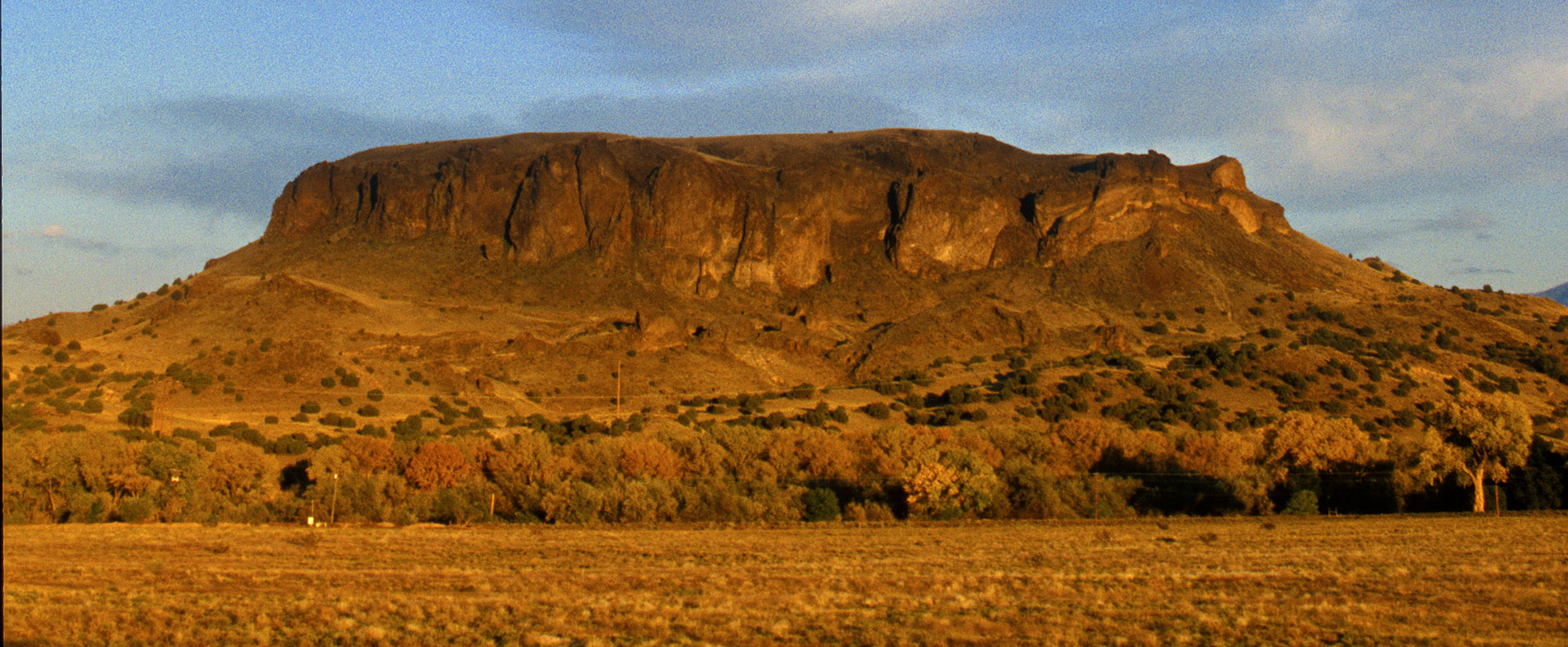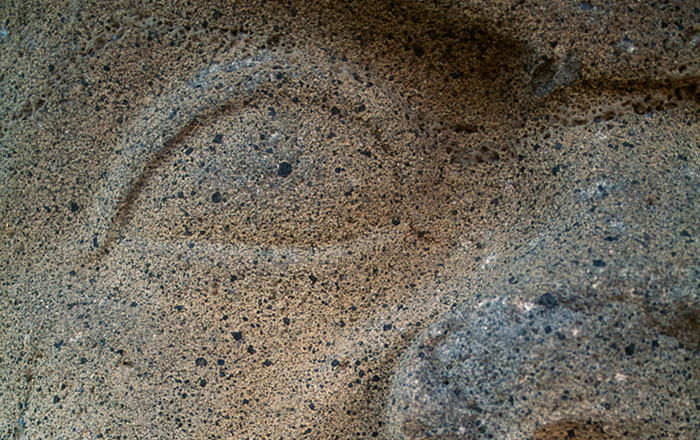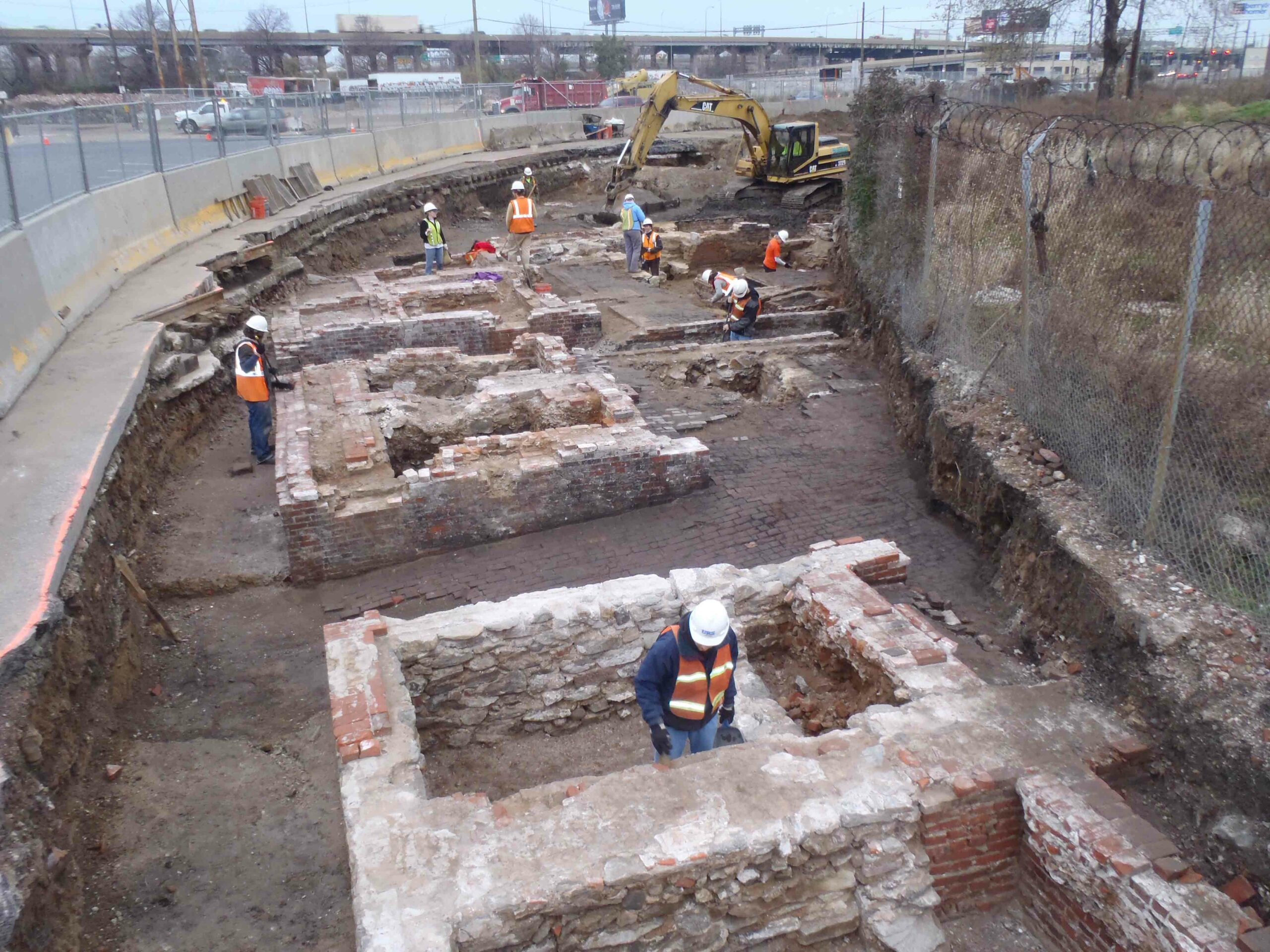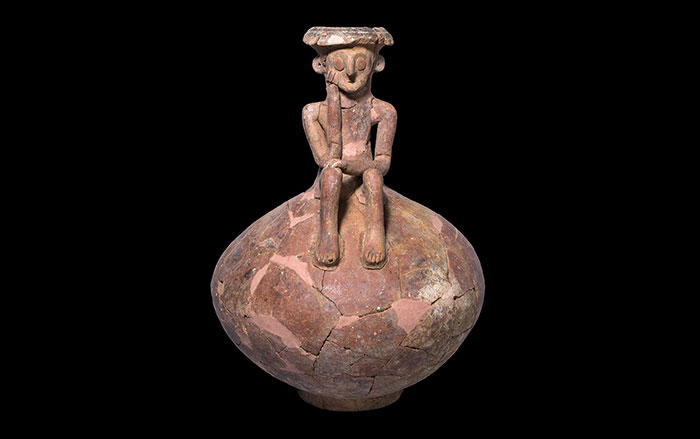
BLOOMINGTON, INDIANA—According to a report in Science News, Shawn Hurst of Indiana University and Ralph Holloway of Columbia University laser scanned the inside surfaces of severaln partial Homo naledi skulls, and created virtual casts to look for any surviving details of the brain surfaces. They found two grooves and imprints of folds of tissue on a partial Homo naledi skull in an area corresponding to Broca’s area in modern humans, which is linked to language as well as social emotions such as empathy, pride, and shame. Hurst claimed that Homo naledi’s small brain may have had similar capabilities. “We can’t say for sure whether that included language,” Hurst said. Surface features from the back of the Homo naledi brain were preserved on other partial skulls. Holloway said that some of those features are more pronounced on the left side, which in modern humans, is associated with right-handedness. The fossils, recently reoprted to have been dated to between 200,000 and 300,000 years old, were discovered from a deep chamber in South Africa’s Rising Star Cave. For more on Homo naledi, go to “A New Human Relative.”


